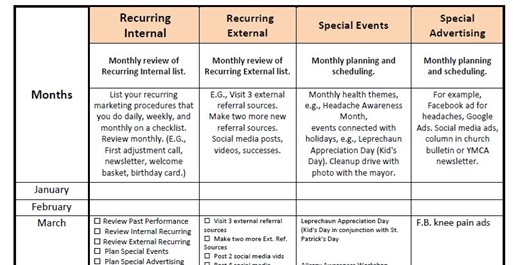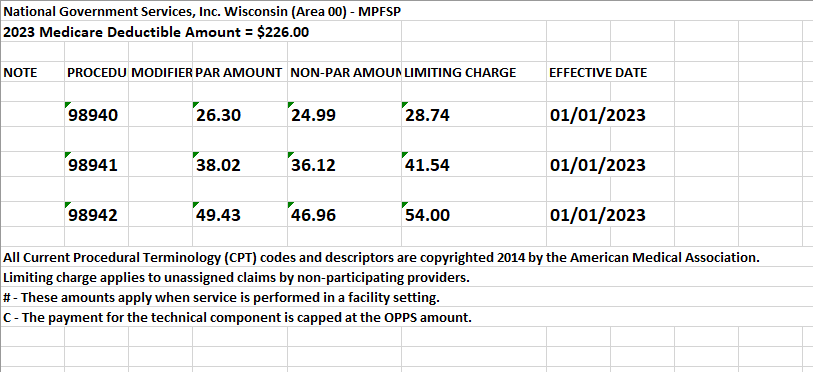
Improving your patient’s experience.
There are subtle and brief moments in your practice when you and your team can earn or lose your patient’s trust. It can make the difference between your patient agreeing to your care program or finding a reason to delay the decision.
Excuses can be easy to dream up. There are hundreds of reasons why someone can’t, or won’t, agree to a care plan or follow through with their care. But the reasons presented may not be the actual ones.
Surveys show that customers cease their relationship with a business when they experience an attitude of indifference on the part of the employee or business. People hate to be ignored.
You know this, so you ensure you and your team communicate well with patients at the front desk and during the report of findings and case presentation. These are obvious communication events.
But just as important, but not always as obvious, is the communication that occurs when the patient is transferred from one staff member to another.
This is called the Patient Handoff.
For example, the doctor has spent time reviewing the exam and imaging findings with the patient and correlated them with their history. The doctor explains the health issues and the care plan to the patient. The patient nods in agreement. With other patients now waiting to be seen and the doctor feeling rushed, the doctor may leave the patient and ask another staff member to schedule the patient for care and to work out their finances.
It would take another 3-5 minutes for the doctor to introduce the patient to another staff member and relay the key information to them in front of the patient. It would be minutes well spent.
“Hi Betty (Patient Accounts Specialist). This is Sam. He works out at the same gym as I do over at Acme Fitness. He wants to keep up with his workouts so I have worked up a treatment plan to help him recover from low back injuries. I’ve included the info in the back (hands written report to Betty). Could you schedule him for his appointments and discuss his payment options?”
“Sam, any questions or comments?”
“No.”
“Ok, great. I look forward to working with you here at the clinic and also at the gym. See you soon.”
After the report of findings is a handoff event that can be too easily cut short or skipped altogether. Another handoff I have often witnessed omitted entirely is introducing the new patient to their therapy and rehab services.
We are all in a hurry, but these patient care transition points hugely impact how your patient experiences you and your clinic.
In sum, patient handoffs help with the following:
- The continuity of care ensures that the patient receives consistent and appropriate care throughout their treatment plan.
- Minimizing misunderstandings or errors in their care.
- Improving your patient’s satisfaction and trust in you and your clinic.
Take time to do thorough patient handoffs, and you will see retention improve, referrals increase, and happier patients.
Working towards a healthier future,
Ed



 Effective leaders are, first and foremost, good teachers.
Effective leaders are, first and foremost, good teachers. How to be happier and more prosperous
How to be happier and more prosperous







 Gratitude is not only the greatest of virtues, but the parent of all others.
Gratitude is not only the greatest of virtues, but the parent of all others.
 Working with different offices, we are always reminded of the fundamentals that apply universally. For example…
Working with different offices, we are always reminded of the fundamentals that apply universally. For example…

